Garden planters & indoor flower pots are becoming more and more popular as gardening grows in popularity. Using a planter is a great way to grow plants in areas that otherwise couldn't be grown. Patios, balconies, decks, front porches, driveways and other areas of the yard are great spots for garden planters. Growing plants indoors is also more popular than ever. It allows for tropical plants, herbs, succulents, and even food producing plants to be grown indoors year round. Even gardeners without a yard can grow plants inside using indoor pots.
Choosing The Right Planter
It may seem like an easy decision on which planter to use and why. But material, size, location, weather and sunlight can all play a factor in which planter you should use. Also, the mature size of the plant you want to grow in the container should impact what type of garden planter to use. All of those factors should be considered, as well as the design of course. Planters are a fantastic way to add extra design to any space.
Modern, traditional, classic, contemporary, farmhouse and other themes can all incorporate flower pots seamlessly to match the surrounding design. It also allows for a touch of nature to be added to any space.
Garden Planter Materials
Flower pots and planters come in all different types of materials. First consider where you will be using the planter before determining which materials will work. If you are planning on leaving the planter outdoors all year, and live somewhere with cold winters, we do not recommend using ceramic or clay planters. Those will crack in the winter unless you move the planters inside during the winter.
Metal holds up well outdoors but can get extremely hot during the summer. Wood works well outside, but will rot eventually. Our favorite material is resin plastic. Those are lightweight, hold up to harsh weather conditions and can be in several different designs.
Picking Out The Right Size Of Planter
Picking the right size of planter is crucial for your plants health. Be sure to pick something that fits well in your space and design. But you will also need to consider the mature size of the plants you are going to grow in the container. We recommend getting a planter that is at least the same size of the plant plus the root system. Some plants grow deeper root systems than others, so a little research beforehand will save you time and trouble in the future once the plant reaches maturity.
Planter Drainage
In general, all planters SHOULD have drainage. Often, indoor planters will not have drainage holes. This makes things extremely difficult when trying to grow healthy plants. We recommend drilling drainage holes into all of your containers if possible.
For outdoor planters, this is a requirement, because when it rains the water will need to drain out of the planter. Indoors, be sure you get a plant saucer to catch the water that drains, so it doesn't make a mess.
If you cannot drill holes into the flower pot, we recommend putting large rocks in the bottom of the planter, that is covered with the potting mix. That will at least allow the water to drain between the rocks and help the potting soil dry out better than it would without the rocks. Be very careful when watering your plants to not overwater. It is much easier to overwater plants when you don't have drainage holes.


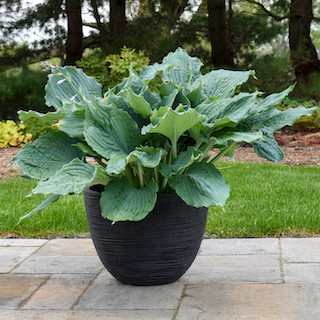
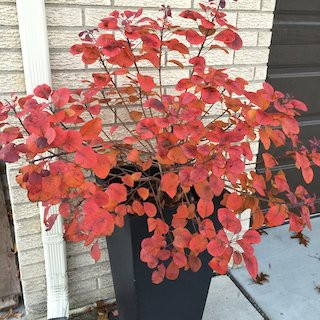

 Best Annuals For Planters
Best Annuals For Planters Best Perennials For Planters
Best Perennials For Planters Best Shrubs For Planters
Best Shrubs For Planters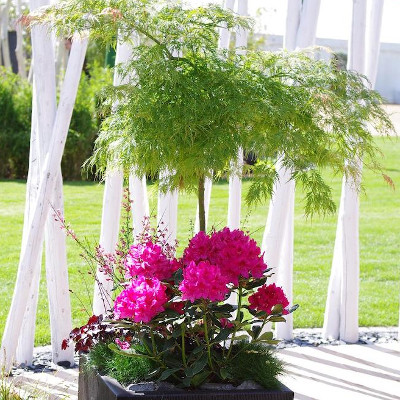 Best Trees For Planters
Best Trees For Planters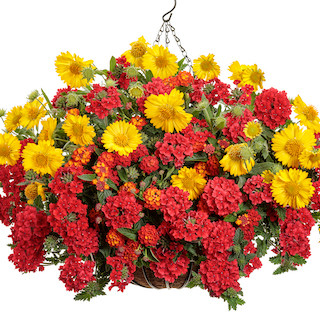 Best Plants For Hanging Baskets
Best Plants For Hanging Baskets Drought Tolerant Plants for Pots
Drought Tolerant Plants for Pots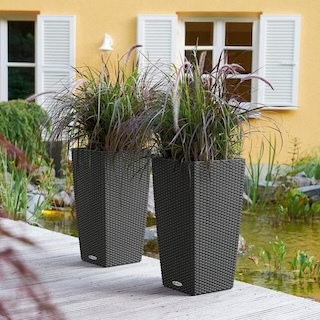 Choosing The Right Planter
Choosing The Right Planter Choosing Planter Sizes
Choosing Planter Sizes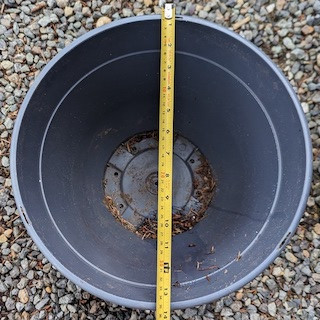 How to Measure Planters
How to Measure Planters Choosing Planter Colors
Choosing Planter Colors Choosing Planter Material
Choosing Planter Material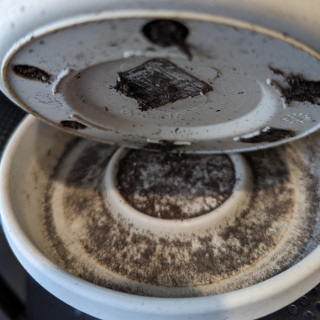 Drainage For Potted Plants
Drainage For Potted Plants Using Planters Without Drainage
Using Planters Without Drainage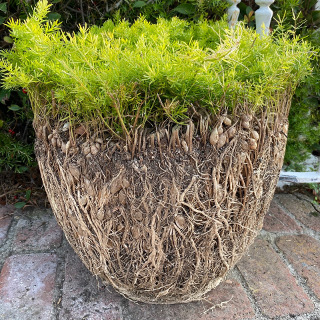 How to Tell If A Plant Needs Repotted
How to Tell If A Plant Needs Repotted Design Basics
Design Basics Thriller Plants
Thriller Plants Filler Plants
Filler Plants Spiller Plants
Spiller Plants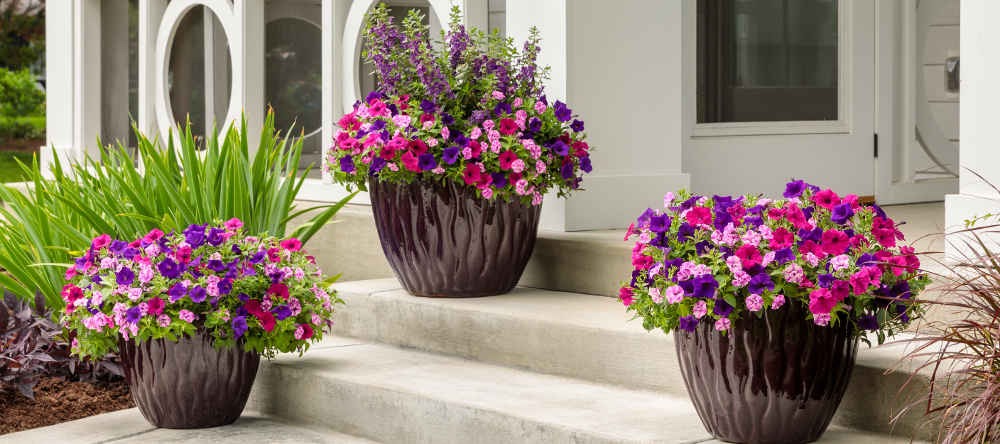
 Reusing Potting Soil
Reusing Potting Soil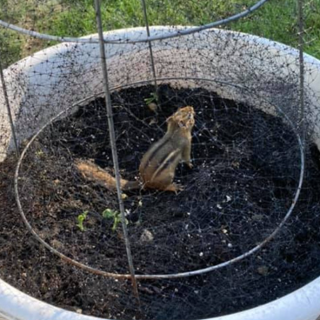 Keep Pests Out of Flower Pots
Keep Pests Out of Flower Pots Winterizing Garden Planters
Winterizing Garden Planters What is a Self Watering Planter?
What is a Self Watering Planter?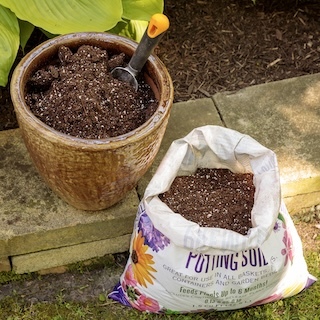 Setting Up a Garden Planter
Setting Up a Garden Planter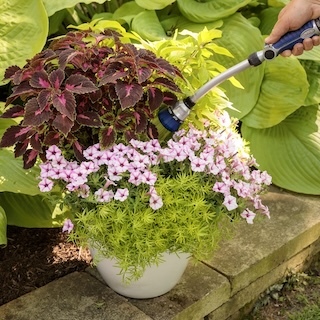 Watering Plants in Containers
Watering Plants in Containers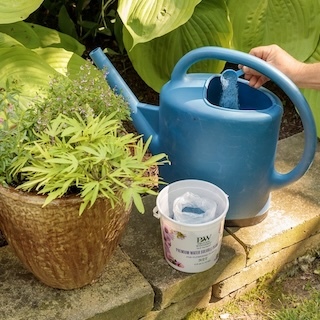 Fertilizing Plants in Containers
Fertilizing Plants in Containers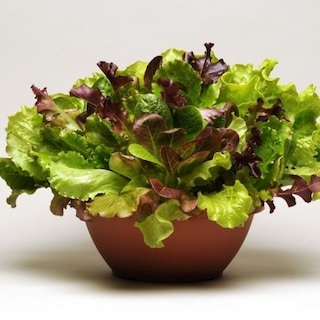 Growing Leafy Greens in Planters
Growing Leafy Greens in Planters Growing Plants In Hanging Baskets
Growing Plants In Hanging Baskets